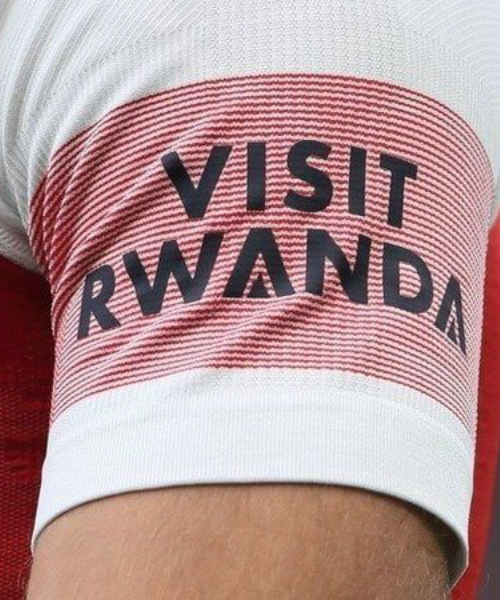As it was announced yesterday, U.S. President Donald Trump and Israeli Prime Minister Benjamin Netanyahu emerged from their highly anticipated meeting in Washington with what they described as a historic breakthrough: a comprehensive 20-point peace plan for Gaza. The announcement came just days after the 80th United Nations General Assembly, where a growing number of countries — including several NATO members in Europe — recognized Palestine as a sovereign state. Against this backdrop, Trump sought to position the U.S. as the key broker of what he called “the deal that will finally bring lasting peace to the Holy Land”.
The core of the plan revolves around an immediate ceasefire in Gaza, followed by a phased Israeli withdrawal, the release of all hostages, and the disarmament of Hamas. Trump emphasized that the agreement would ensure security guarantees for Israel while opening the way for a “new Gaza,” managed under transitional international oversight. “This plan achieves both justice for Palestinians and security for Israelis,” Trump declared at the joint press conference. Netanyahu, standing beside him, endorsed the deal, stating, “I support your plan to end the war in Gaza, which achieves our war aims. We will bring back our hostages, dismantle Hamas’s military and political control, and guarantee that Gaza will never again threaten Israel”.
One of the most notable features of the plan is the establishment of a transitional governance structure for Gaza, potentially involving international figures such as former U.K. Prime Minister Tony Blair. This administration would be responsible for rebuilding Gaza, ensuring demilitarization, and preparing the ground for eventual Palestinian self-rule under a reformed Palestinian Authority. According to the proposal, the international board would also oversee reconstruction funds and coordinate with regional actors to prevent extremist groups from regaining influence.
The Palestinian Authority (PA) quickly voiced cautious support for the plan, signaling readiness to reassume governance in Gaza under international backing. A PA spokesperson described the deal as “a chance to restore Palestinian unity and dignity,” highlighting that recognition of Palestinian statehood by NATO countries only days earlier gave additional legitimacy to this process. Regional leaders also weighed in positively: Turkey’s President Recep Tayyip Erdoğan praised Trump’s initiative, calling it “a step toward ending decades of bloodshed and suffering in Gaza”.
Still, the plan’s success hinges on one crucial factor: Hamas’s acceptance. As of the announcement, Hamas had not formally endorsed the proposal. U.S. officials acknowledged the uncertainty but insisted that pressure from the international community, coupled with the recognition of Palestine at the UN, would increase the group’s incentive to comply. “The world has changed since last week’s UN session,” Trump remarked. “Hamas must decide whether to join that change or face isolation.” Netanyahu was more forceful, warning, “If Hamas refuses, Israel will finish the job with the full support of the United States”.
The international dimension of the peace plan is designed to reassure all parties involved. European nations, particularly those that recently recognized Palestine, welcomed the U.S. initiative as a means to translate diplomatic recognition into a viable political process. For them, the plan links their symbolic UN votes to tangible steps on the ground. Diplomats described the proposal as “the first realistic blueprint since Oslo” and a possible framework that could eventually extend to a broader two-state solution. The presence of NATO members among the states backing Palestine adds weight to the initiative and demonstrates a growing consensus in the Western alliance on the issue.
Domestically, the announcement strengthens both leaders politically. Trump, now in his second term, can showcase himself as a dealmaker on the global stage, while Netanyahu gains renewed international legitimacy and the assurance of continued U.S. backing. Israeli media described the event as “a historic day,” underlining Netanyahu’s ability to balance security concerns with diplomatic opportunities. For Trump, the optics of standing beside Netanyahu, presenting a peace plan that could reshape the region, reinforces his long-standing claim of being uniquely capable of delivering results where previous administrations failed.
As the dust settles, much will depend on whether Hamas comes to the table and whether international actors, including the EU, NATO, and Arab League, follow through with commitments of funding and oversight. Yet, the meeting between Trump and Netanyahu has already shifted the geopolitical conversation. By linking the UN’s recognition of Palestine, Israel’s security demands, and the U.S.’s diplomatic muscle, the plan represents the most ambitious attempt in years to chart a path out of conflict. Whether it succeeds or falters, September 29, 2025, may be remembered as a turning point in the long struggle over Gaza and the wider Israeli–Palestinian conflict.











